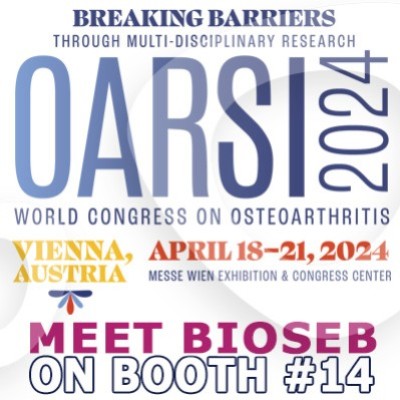Authors
Xu SY, Jia JQ, Sun M, Bao XY, Xia SN, Shu S, Liu PY, Ji SL, Ye L, Cao X, Xu Y.
Lab
Nanjing Neurology Medical Center, Nanjing, Jiangsu 210008, P.R. China.
Journal
iScience
Abstract
Ischemic stroke is the second leading cause of death worldwide, and there are limited effective treatment strategies. QHRD106, a polyethyleneglycol (PEG)-modified long-acting tissue kallikrein preparation, has not been reported previously. In this study, we aimed to investigate the therapeutic effect of QHRD106 in ischemic stroke and its possible mechanism. We found that QHRD106 treatment alleviated brain injury after stroke via bradykinin (BK) receptor B2 (B2R) instead of BK receptor B1 (B1R). Mechanistically, QHRD106 reduced high-mobility group box 1 (HMGB1)-induced apoptosis and inflammation after ischemic stroke in vivo and in vitro. Moreover, we confirmed that QHRD106 reduced the level of acetylated HMGB1 and reduced the binding between heat shock protein 90 alpha family class A member 1 (HSP90AA1) and HMGB1, thus inhibiting the translocation and release of HMGB1. In summary, these findings indicate that QHRD106 treatment has therapeutic potential for cerebral ischemic stroke.
BIOSEB Instruments Used:
Grip strength test (BIO-GS4)

 Pain - Thermal Allodynia / Hyperalgesia
Pain - Thermal Allodynia / Hyperalgesia Pain - Spontaneous Pain - Postural Deficit
Pain - Spontaneous Pain - Postural Deficit Pain - Mechanical Allodynia / Hyperalgesia
Pain - Mechanical Allodynia / Hyperalgesia Learning/Memory - Attention - Addiction
Learning/Memory - Attention - Addiction Physiology & Respiratory Research
Physiology & Respiratory Research
 Pain
Pain Metabolism
Metabolism Motor control
Motor control Neurodegeneration
Neurodegeneration Cross-disciplinary subjects
Cross-disciplinary subjects Muscular system
Muscular system General activity
General activity Mood Disorders
Mood Disorders Other disorders
Other disorders Joints
Joints Central Nervous System (CNS)
Central Nervous System (CNS) Sensory system
Sensory system Bioseb on booth #14 at OARSI 2024 in Vienna
Bioseb on booth #14 at OARSI 2024 in Vienna 